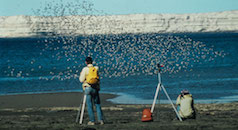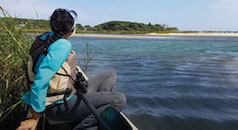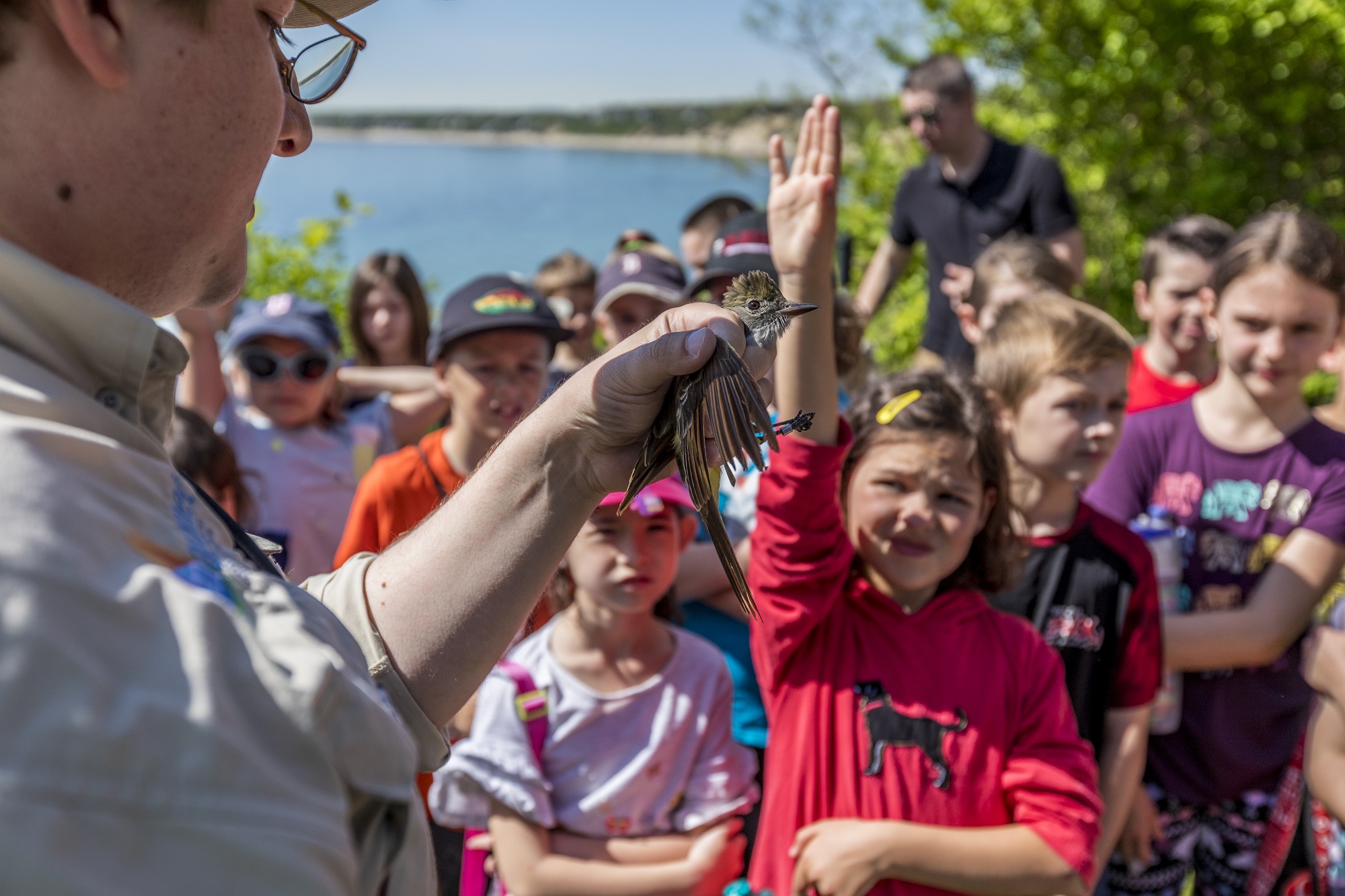The number of nests created by shorebirds in the Arctic was very similar to previous years but the nesting success rate was negatively impacted by a booming Arctic fox population, according to Manomet researchers.
Manomet’s Arctic shorebird research team returned this month from a windy field season. Shorebird Conservation Specialist Brad Winn said the foxes took a toll on all nesting birds in the study area but he warned against drawing large conclusions from one season.
“That’s why the Arctic Shorebird Demographics Network is so important,” Winn said, referring to the 15-organization effort led by Manomet and the Fish and Wildlife Service. “It’s a long-term commitment.”
Winn said the team suspected that the cause of the booming fox population this year “was the robust lemming year last year.”
“Nesting effort – the number of birds – was good,” he said. “All species except for Pectoral Sandpipers and they can shift regionally. Apparently they don’t have the same site fidelity that some other species do.”
The team was tested early by extensive snow cover and high winds.
“Wind was probably the biggest factor that we experienced. It blew pretty steadily for the first two weeks that we were there. Some of our high winds were in the 40 mile per hour category with gusts in the 50s,” Winn said. “When it’s clipping along at 20 miles per hour every day it starts to wear on you. It influences everything, including your ability to hear displaying shorebirds, your ability to walk across the landscape. It’s like walking uphill all day long.”
– Emma Riedel





 Back to all
Back to all